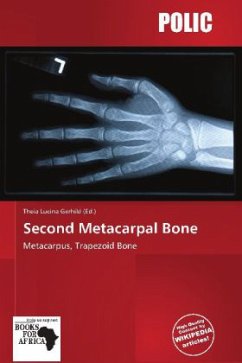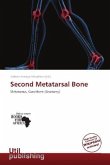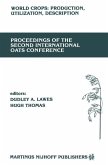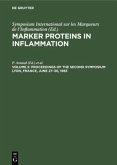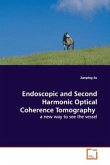The second metacarpal bone (metacarpal bone of the index finger) is the longest, and its base the largest, of all the metacarpal bones. This bone is often the most prone to damage from fast bowlers in cricket, as it is furthest down the bat handle on both left- and right-handers, and as such is in danger of being struck by balls that are pitched short. Interestingly, in Oreopithecus, a Miocene hominid that went extinct 7 million years ago, the orientation of the facet on the second metacarpal is similar to human conditions an indication that it had the capability of pad-to-pad precision grip. Oreopithecus also lacks the waisted capitate associated with apes and climbing still present in Australopithecus.

